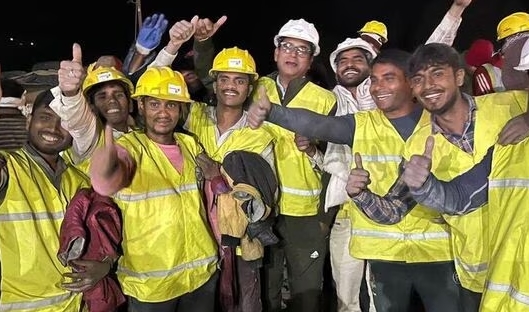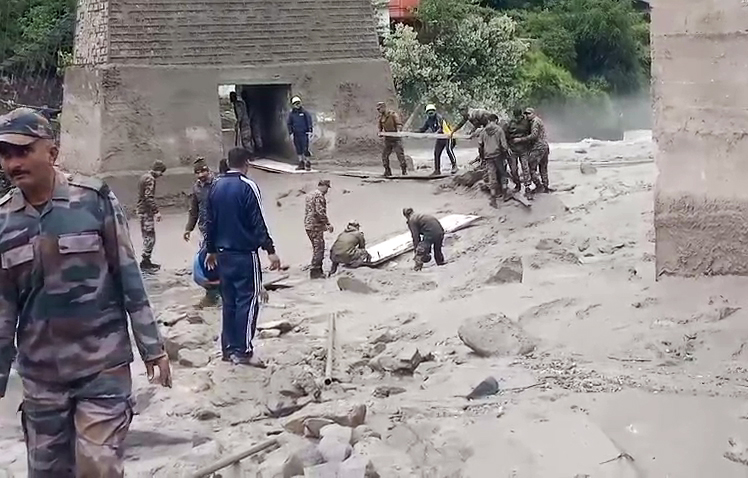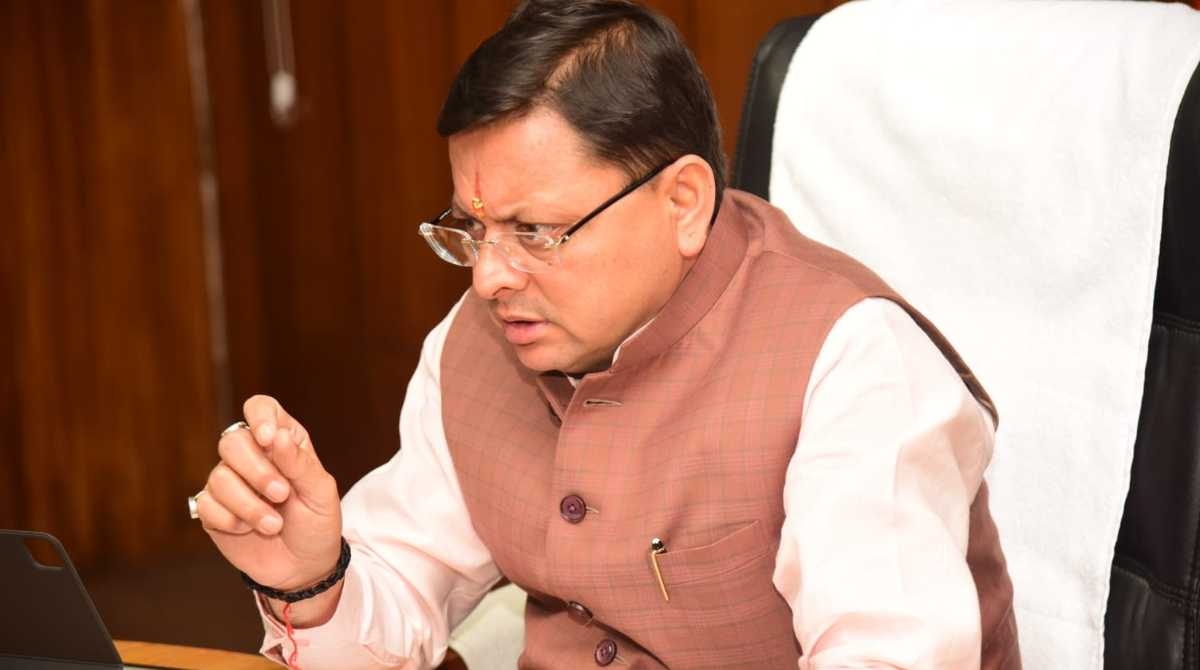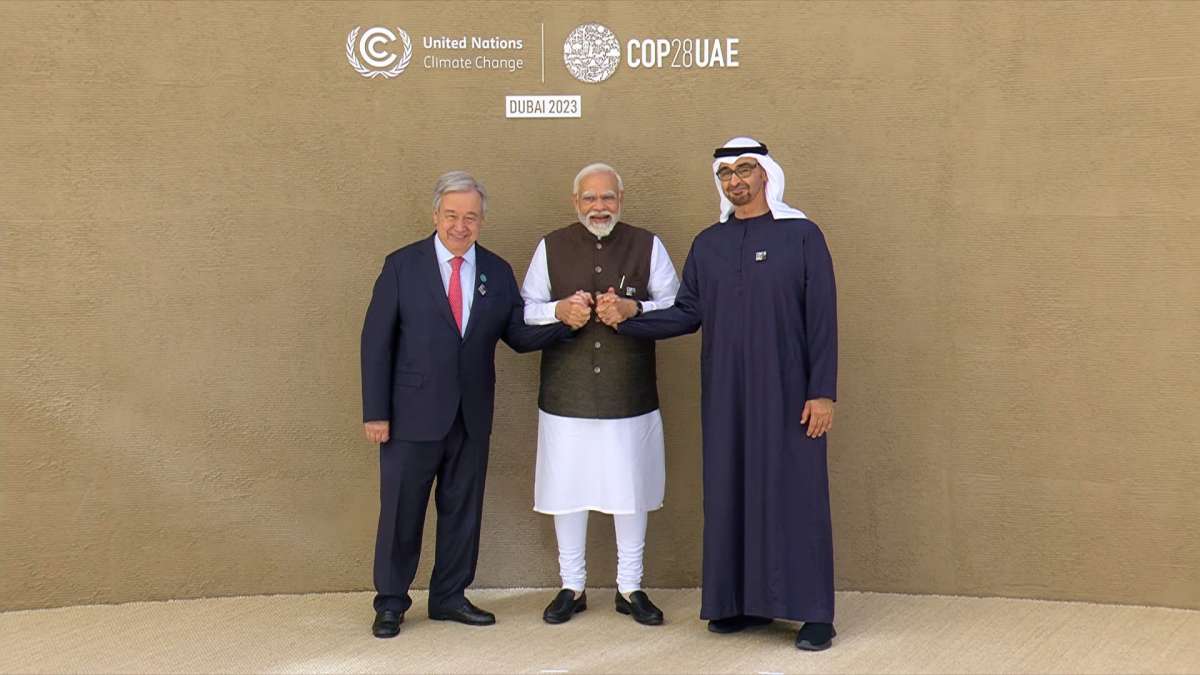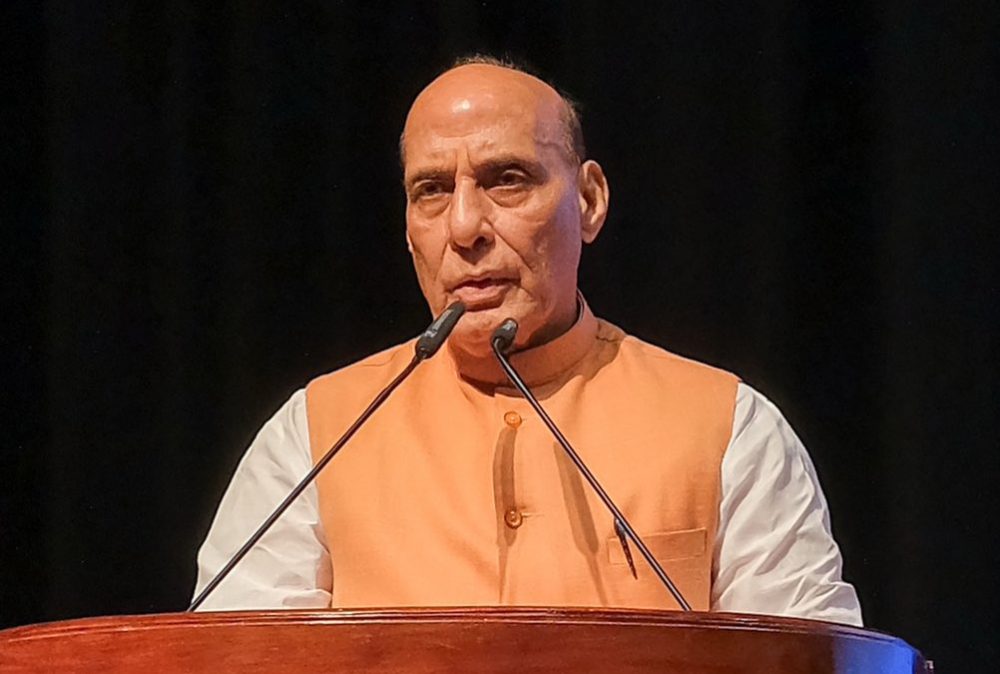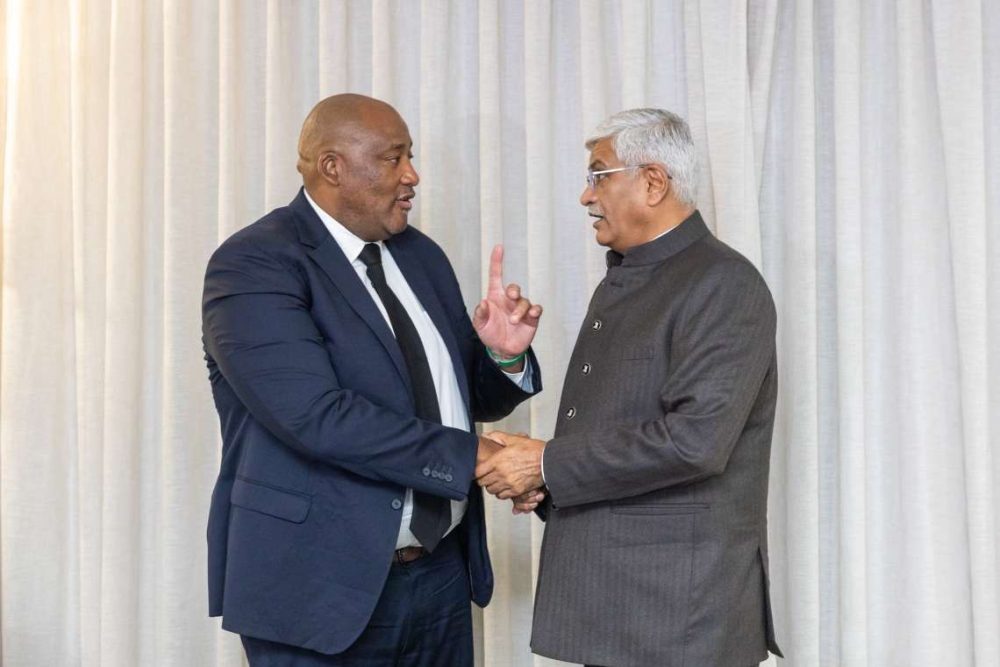What the drilling machine could not do – as its blade broke and had to be removed – was done in the just 24 hours by those who are called “rat miners.”
The choice, as the popular saying goes, “between a rock and a hard place” was simply not there in India’s rescue of 41 workers from a partially crumbled tunnel in the lower Himalayan region. Both had to be crushed if the workers had to come out alive.
The workers had been trapped since November 12, for 17 days, in the Silkyara tunnel in the Uttarkashi district of Uttarakhand state. The rescue operation can be rated as one of the largest of its type in the world when human endeavour is stretched to the maximum.

It was an operation in which the high-tech, including hurriedly imported heavy machinery and drilling equipment failed at the last stage. After parts of a US-made auger machine, which drilled up to 46.8 metres through the debris got stuck in the rubble on Friday. Australian tunnel expert, Arnold Dix was roped in the rescue operation along with the 19 Indian agencies. Special flights were organised to get the equipment from abroad. The operation attracted international attention with the global media focusing on both – what the humans and the machines were doing. But, at the last, officials managing the rescue operation opted for the ‘rat-hole’ mining technique.
The “rat miners” are usually from poor financial background but experienced workers who specialise in drilling holes into hard rock, using primitive methods and basic equipment like hammers. What the drilling machine could not do – as its blade broke and had to be removed – was done in the just 24 hours by those who are called “rat miners.” They conducted a manual dig for last 12 meters.

What is rat-hole mining?
Rat-hole mining is a primitive, officially banned method of manual coal extraction that involves digging very narrow, vertical shafts into the earth through which miners descend to extract coal. Miners descend into the pits using ropes or bamboo ladders, without safety gear. Coal is then manually extracted using primitive tools such as pickaxes, shovels and baskets. The tunnels used are generally only big enough for a single miner to descend at a time.
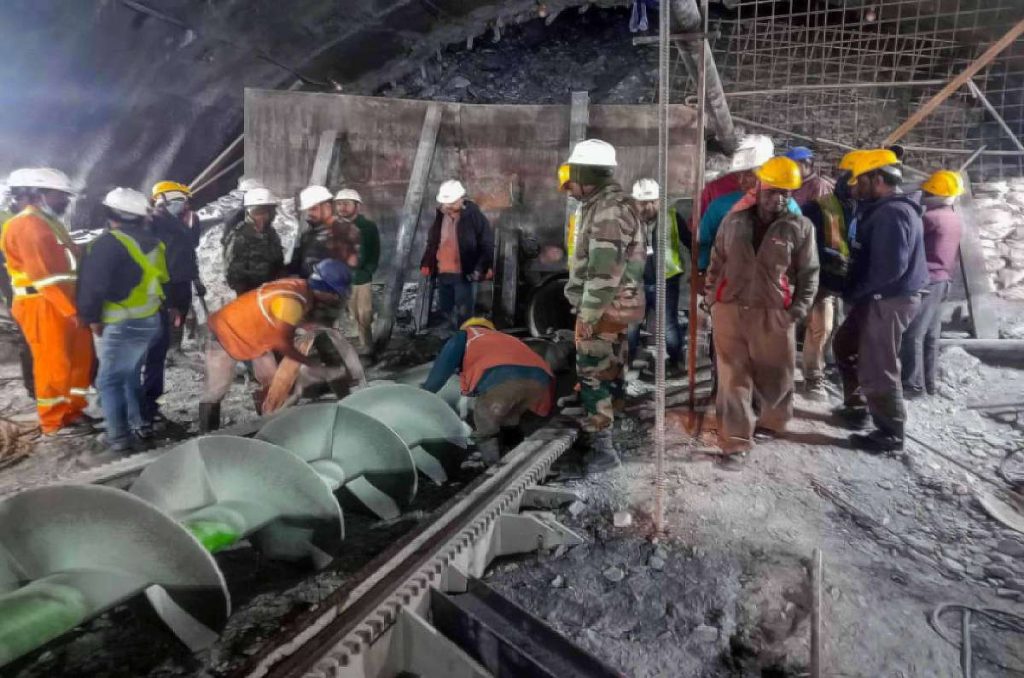
In our conflicts with our adversaries, ultimately it has been found that the “Man behind the Machine” has won the wars for us; as our adversaries have been reportedly better equipped than us, in past. Something, similar happened in this situation at Silkyara tunnel in Uttarkashi district. When machines broke and no options were visible, the teams of ‘Rat Miners’ inclusive of Wakeel Hassan, Nasir Khan, Rashid Ansari, Munna Qureshi, Irshad Ansari, Ferozre Qureshi, Naseem malik, Monu Kumar, Jatin, Devender Kumar, Saurabh and Ankur brought the much desired smile and relief for the Nation. Illegal mining practioners did the most laudable job where the latest machinery failed to excel.
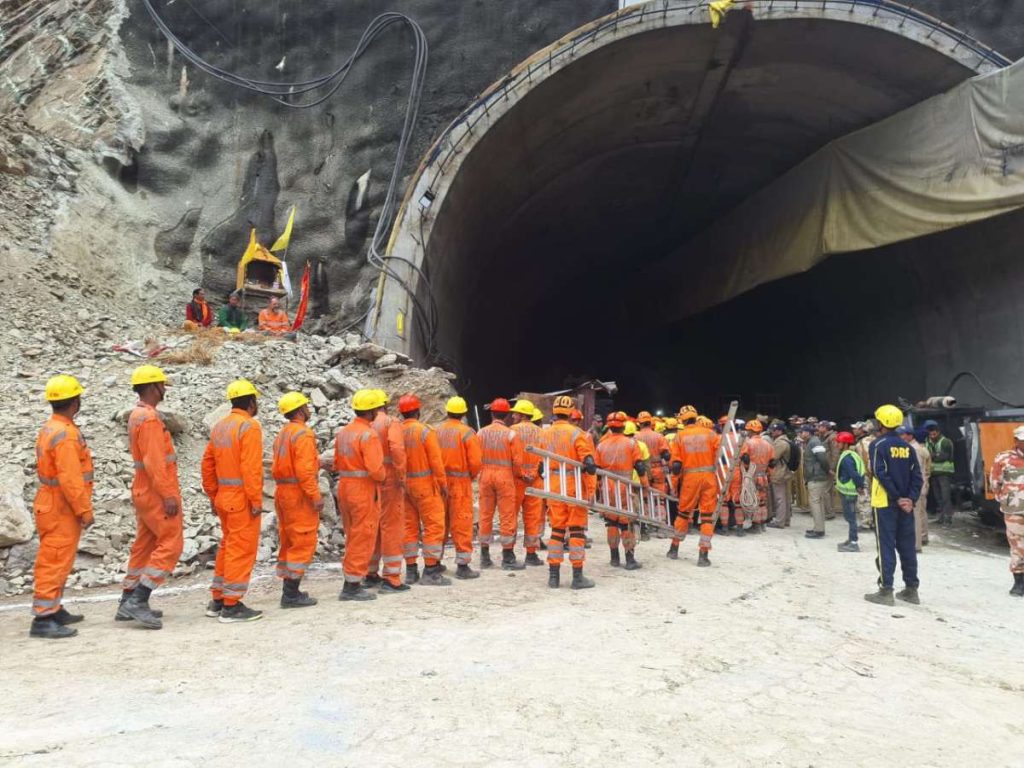
All of this indeed involved management & monitoring at various levels in the government. The management of the rescue operation was entrusted to the PM’s ex- Advisor and Ministers directly in charge, Nitin Gadkari and Hardeep Singh Puri who shuttled between New Delhi & tunnel site, several times. Indian army was also brought in mid-way in the rescue operation, Gen VK Singh (Retd), a former Army Chief and now a minister, too pitched in his efforts. Not to be left behind, the Chief Minister, Pushkar Singh Dhami spent a few hours each day to be at hand to take any tricky decision. PM Modi, relieved at the success of the operation conveyed “I want to say to the friends who were trapped in the tunnel that your courage and patience is inspiring everyone. I wish you all well and good health”.
ALSO READ: India has walked the talk when it comes to climate action, says Modi


